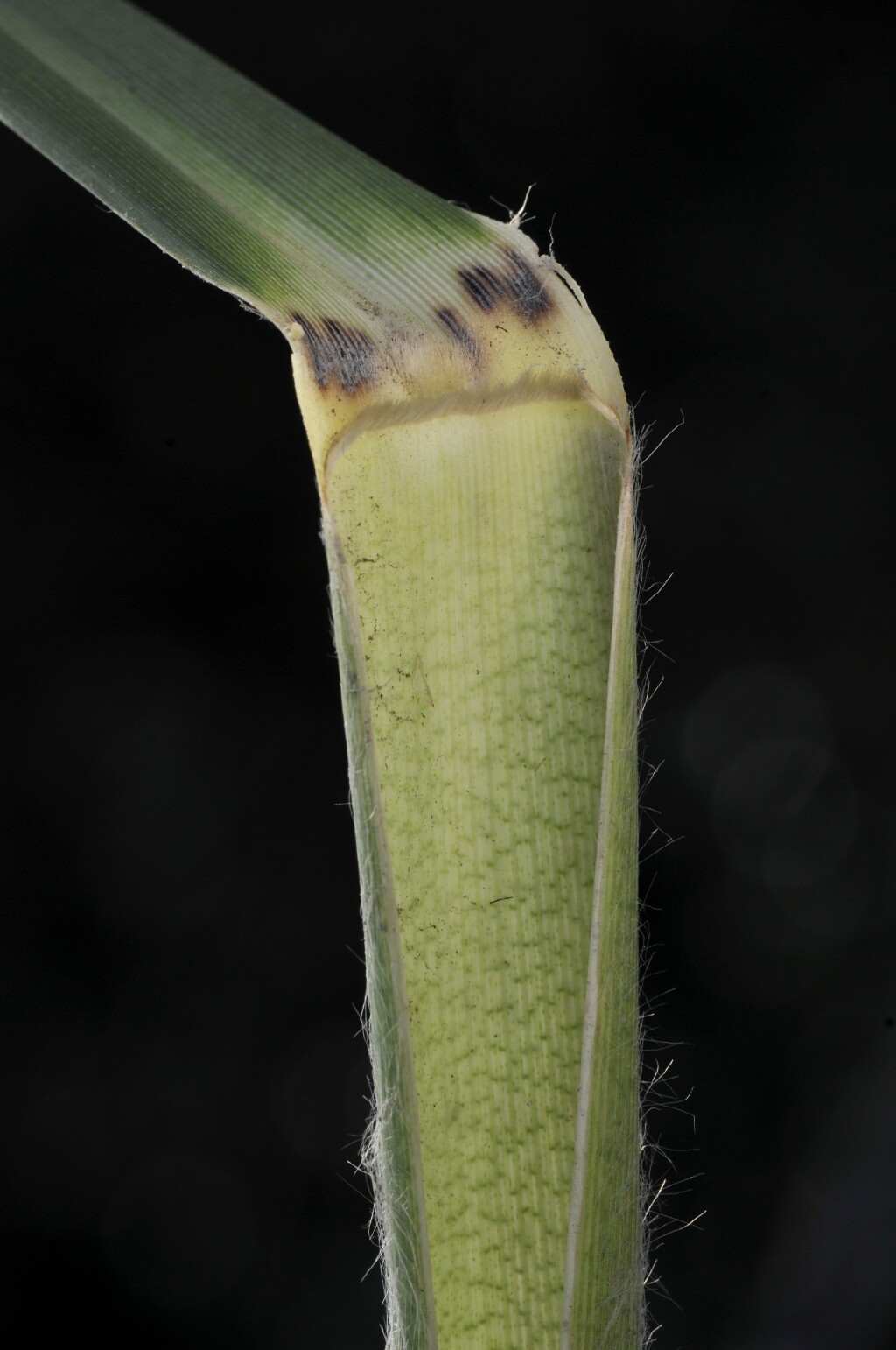Cortaderia selloana subsp. jubata
(Lemoine) D.Testoni & VillamilPlants female only, but apomictic and producing viable seed. Culms to 4.5 m high, normally at least twice as high as the basal tusosck; leaves bright green; sheath often densely sericeous; blade usually not turned so that the scabrous abaxial surface remains lowermost, flat, keeled beneath, coarsely scabrous on margins and nerves on lower (abaxial) surface. Inflorescence purplish (but bleaching as it ages). Spikelets with veins of glume, rachilla segments and usually lemmas purple, 3–5-flowered. Flowers Jan.–Mar.
GleP, VVP, VRiv, GipP, OtP, EGL, HSF. Also naturalised in Tas., southern Africa. Native to South America. Cultivated for its ornamental purplish inflorescences, but recently noted as being naturalised in damp areas on the Bellarine Peninsula, Lysterfield, Morwell and Nowa Nowa.
A very invasive species in Tasmania, due to its ability to produce large amounts of viable seed without the need for fertilization. Noted as spreading significantly in Victoria in recent years.
Walsh, N.G. (1994). Poaceae. In: Walsh, N.G.; Entwisle, T.J., Flora of Victoria Vol. 2, Ferns and Allied Plants, Conifers and Monocotyledons, pp. 356–627. Inkata Press, Melbourne.
 Spinning
Spinning

